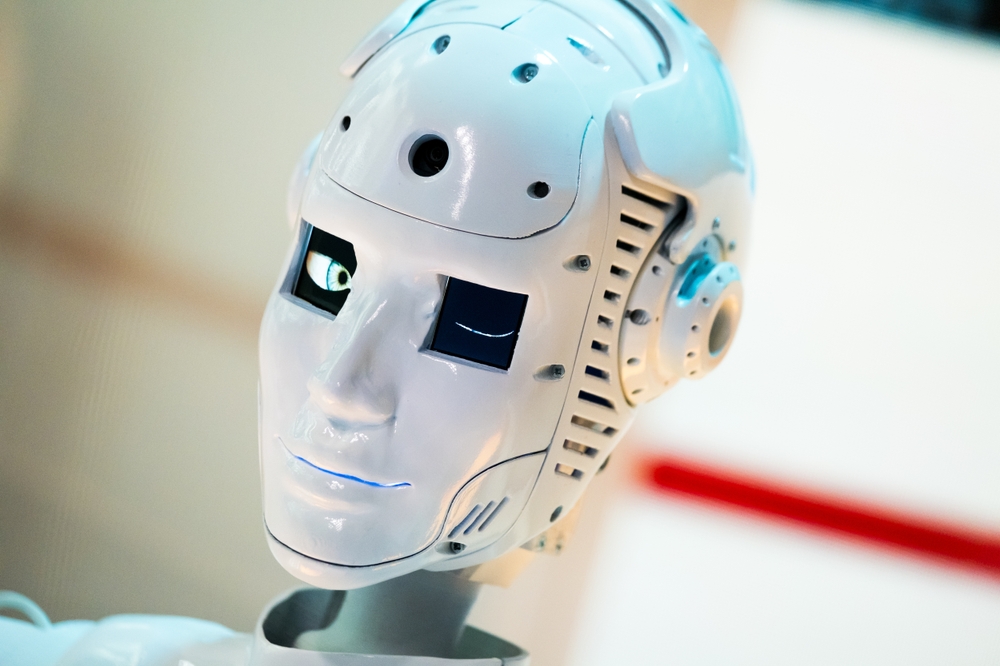O’Reilly report predicts technology trends for 2024

|
Getting your Trinity Audio player ready...
|
• What technology trends can we expect to hit big in 2024?
• Generative AI dominated 2023 – will its bubble burst in 2024?
• Security remains a strong trend – what will this year bring?
We’ve all lived through technological advancements that were once considered sci-fi. Some of us were there when the web was unveiled 31 years ago, marking the first glimpses of a future where “browsing” took on a whole new meaning. While there have been many technological advancements over the succeeding years, 2023 may have been one of the most disruptive, with AI, in particular large language models, transforming the industry, and the world.
AI has already altered the software industry, but believe it or not, we are still at the very beginning of AI’s narrative. What’s to come in the future is hard to predict, but according to the highly renowned O’Reilly learning platform, we can start to have a clearer indication of what to expect through shifting patterns.
Relaying to O’Reilly’s internal “Units Viewed” metric, this snapshot of trends is measured by data within the O’Reilly report covering January 2022 to November 2023. According to this O’Reilly report, technology adoption in companies tends to be gradual, with established technology stacks evolving slowly over time. This is why it is important to recognize the unique technology landscapes of individual companies.
O’Reilly software trends for 2024
O’Reilly found that programmers continued to write software throughout 2023, despite a decline in interest or usage. This in no way implies a decrease in the overall significance of software development, and the impact of software on our daily lives continues to grow.
A trend that will not change is that of software developers designing larger, increasingly complex projects. The uncertainty, however, is whether generative AI will help manage this growing complexity or add a new layer of complexity itself. Many are using AI systems, like GitHub Copilot, to write code, using AI has a quick fix. In fact, O’Reilly found that 92% of software developers are now using AI to create low-level code.
This leaves a few questions:
- Is AI capable of doing high-level design?
- How will AI change things software developers want to design?
Perhaps the key question is how can humans collaborate with generative AI to design systems effectively? There’s little doubt that humans will still be required to understand and specify designs. And, while there has been an overall decline in most software architecture and design topics according to O’Reilly, there are notable exceptions. For instance, enterprise architecture, event-driven architecture, domain-driven design, and functional programming are examples of topics that have either shown growth or experienced relatively small declines.
These changes indicate a shifting landscape in software development; one that leans more towards the design of distributed systems that handle substantial real-time data flows. The apparent growth in content in these evolving fields seems to reflect a focus on addressing challenges posed by managing large volumes of data in distributed systems.
There has also been a microservices decline. According to O’Reilly, this popular architectural approach experienced a 20% drop in interest during 2023, with many developers advocating for a return to monolithic applications. It seems organizations are using microservices as a trend, rather than as a necessity, which could lead to challenges if they are implemented poorly.
Design patterns also saw a decline (16%) in interest among developers, which may be driven by AI’s involvement in writing code, and a growing focus on maintaining existing applications. This points to a trend where design patterns are growing in importance and software becomes more flexible, even in legacy applications. However, when there has been a burst of interest in pattern designs, there has also been a surge in pattern abuse, such as developers implementing FactoryFactoryFactory factories.
O’Reilly’s report suggests a shift in interest regarding software development, primarily influenced by practical considerations, and occasional misapplications of methodologies.
O’Reilly AI trends for 2024
Right now, the GPT family of models is the main talking point when it comes to AI. In 2023 alone, user numbers went up a staggering 3,600%. This was kickstarted by the introduction of ChatGPT in November 2022, of course. As far back as 2020, however, GPT-3 was making a splash on the AI scene, with GPT 1 and 2 launched in 2018 and 2019 respectively.
O’Reilly’s analysis has shown that interest in the broader field of natural language processing (NLP) has experienced a substantial increase, specifically a 195% rise among its users. This is a growing trend that is expected to continue throughout 2024, with software developers inclined to focus on building applications and solutions using the APIs provided for GPT and other language models. Therefore, they may become less interested in ChatGPT.
Other substantial gains included Transformers (a type of deep learning model architecture), up 325%, and generative models, up 900%. Prompt engineering, only introduced in 2022, has become a significant topic, with a similar usage to Transformers. NLP is used almost twice as much as GPT, although, according to O’Reilly’s data, the next year will be driven hugely by GPT models and generative AI.
Here are some other key insights taken from O’Reilly’s analysis, giving us a clearer indication of AI trends for 2024:
- Deep learning remains fundamental to modern AI, with a reported 19% growth in content usage, while other AI techniques, such as reinforcement learning, have also seen positive gains.
- Programming libraries, such as PyTorch, a Python library, continue to grow and dominate programming in machine learning and AI, with a 25% increase.
- TensorFlow has reversed a decline with a modest 1.4% gain, and it seems there is a noticeable decline in interest for scikit-learn and Keras.
- Interest in operations for machine learning (MLOps) has increased by 14%. This reflects the recognition of the importance of deploying, monitoring, and managing AI models.
- LangChain, a framework for generative AI applications, is showing signs of emergence, particularly in the retrieval-augmented generation (RAG) pattern.
- Vector databases are expected to gain importance, albeit with specialized usage.
Throughout 2024, and beyond, generative AI’s influence is set to span various industries, including logistics, finance, manufacturing, pharmaceuticals, healthcare, and government.
That indicates a dynamic and evolving landscape in the year to come.
O’Reilly security trends for 2024
Another topic that saw serious interest gains among developers in 2023 is security. According to O’Reilly, the majority of related search topics showed growth from 2022 through 2023, with network being the most used topic, seeing a 5% growth year-over-year, closely followed by a 22% growth in governance.
DevSecOps saw one of the largest growths in usage amongst security topics of 30%, while interest in application security topics increased by 42%. This indicates a move towards using security throughout the entire process of software development.
Additional things to watch in 2024

Rise of the machines in 2024? O’Reilly has ideas…
O’Reilly’s analysis signals a variety of technology trends for 2024. Here are some other trends we expect to experience as the year goes on:
- With a 175% growth, cloud native has become the most used cloud-related topic. This suggests a widespread shift of companies towards developing primarily for the cloud as their main deployment platform.
- Experiencing a 36% rise, Microsoft Power BI seems set to continue as one of the most widely used data topics.
- There has been an increased focus on professional development, project management, and project communications, signifying developers’ enhancement of “soft skills” through upskilling.
- CompTIA A+ encountered the most significant growth in content usage at 58%, suggesting a large increase in people looking to start IT careers.
Mike Loukides, vice president of emerging technology content at O’Reilly, said, “This year marks a rare and genuinely disruptive time for the industry, as the emergence of generative AI promises important changes for businesses and individuals alike.”
But, Loukides continued, saying, “Efficiency gains from AI do not, however, replace expertise. Our data signals a shift for programming as we know it, with consequences for skills, job prospects, and IT management.” With new innovations rolling out as the year progresses, it’s a time for preparation, with upskilling more critical than ever before.











